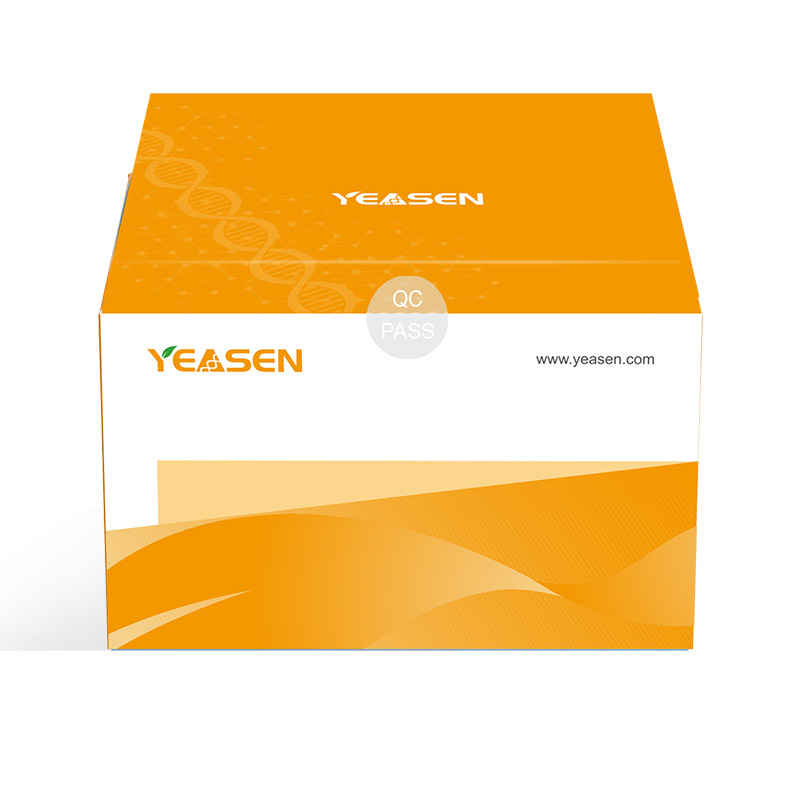Beschrijving
ATP is the primary energy currency in cells and serves as a reliable indicator of cellular metabolic activity. Its concentration correlates linearly with the number of viable cells, making ATP quantification an effective method for assessing cell viability or counting live cells.
This kit utilizes the ATP-dependent luciferase-catalyzed oxidation of luciferin to generate a chemiluminescent signal, enabling highly sensitive and quantitative measurement of intracellular ATP levels. Thanks to high-purity luciferin substrate, thermostable luciferase, and an optimized reaction formulation, this reagent exhibits enhanced cell lysis capability—making it particularly suitable for viability assessment in 3D microtissue cultures.
Upon addition to cultured cells or 3D spheroids, the reagent rapidly lyses cells, releasing ATP and triggering a stable luminescent reaction (as illustrated). The resulting light intensity is directly proportional to the amount of ATP—and thus to the number of viable cells—within a defined range, allowing accurate quantification of live cell numbers.
Features
- Convenient & Rapid: Ready-to-use detection reagent; stable signal and fast readout.
- High Sensitivity: Delivers superior signal-to-noise ratio, especially for 3D microtissue assays.
- Efficient Workflow: Data can be acquired within 30 minutes or less after reagent addition.
- Strong Lysis Capability: Optimized formulation ensures efficient disruption of 3D cell aggregates for complete ATP release.
- Scalable Throughput: Suitable for both low-sample experiments and high-throughput screening formats.
Components
|
Components No. |
Name |
40212ES10 |
40212ES60 |
40212ES80 |
|
40212 |
3D ATP Luminescent Cell Viability Assay Kit |
10 mL |
100 mL |
10×100 mL |
Storage
This product should be stored at -25℃~-15℃ for one year.
Figure
1. Application in 3D Spheroid Model

Figure 1. Cell viability analysis in 3D spheroid model using the 3D ATP Luminescent Cell Viability Assay Kit.
HeLa cells (5,000 cells/well, 100 μL) were seeded in low-attachment 96-well plates and cultured for 4–6 days. After incubation, 100 μL of detection reagent was added, followed by shaking for 5 min and standing for 25 min. Then 100 μL of the reaction mixture was transferred to a white opaque 96-well plate for luminescence reading using a Nivo_Lum kinetic mode.
2. Application in Organoid Models.

Figure 2. Application of the 3D ATP Luminescent Cell Viability Assay Kit in different organoid models.
The assay was successfully applied to ovarian cancer organoid model I, lung cancer organoid model II, and thyroid cancer organoid model II, demonstrating broad compatibility with various tumor organoid systems.
3. Strong stability

Figure 3. Stability evaluation of the 3D ATP Luminescent Cell Viability Assay Kit.
The kit retained over 90% of its activity after storage at 4 °C for 60 days, and repeated freeze–thaw cycles (up to 10 times) showed negligible effect on product performance.
Documents:
Safety Data Sheet
Manuals
Betaling en beveiliging
Uw betalingsinformatie wordt veilig verwerkt. We slaan geen creditcardgegevens op en hebben geen toegang tot uw creditcardinformatie.
Navraag
Misschien vind je het ook leuk
FAQ
Het product is alleen bedoeld voor onderzoeksdoeleinden en is niet bedoeld voor therapeutisch of diagnostisch gebruik bij mensen of dieren. Producten en inhoud worden beschermd door patenten, handelsmerken en auteursrechten die eigendom zijn van
Voor bepaalde toepassingen zijn mogelijk aanvullende intellectuele eigendomsrechten van derden vereist.

